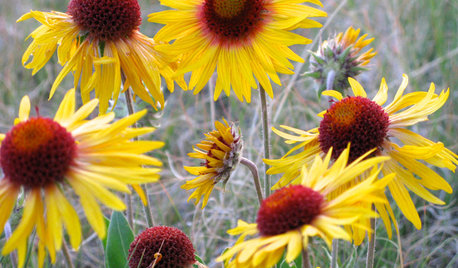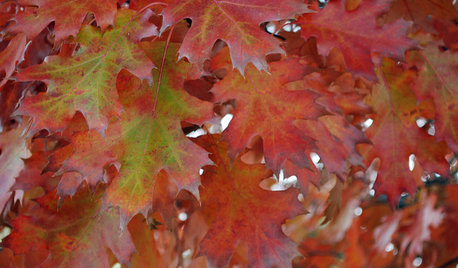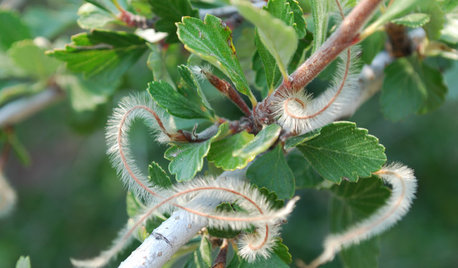established rhododendron leaves curling up and falling off
three4rd
16 years ago
Related Stories

FEEL-GOOD HOMECurl Up With Some Dreamworthy Nap Spots
Blissful and serene, these envy-inducing settings will put you to sleep, but for all the right reasons
Full Story
FLOWERS AND PLANTSBlanketflower’s Yellow Blooms Brighten Up Summer and Fall Gardens
Gaillardia aristata welcomes wildlife, shrugs off drought and poor soils, and can help restore grasslands
Full Story
GARDENING GUIDES6 Healthy Ways to Handle Fallen Leaves
Once nature's beautiful bounty is spent, these ecofriendly strategies for leaves will put your yard in the clear
Full Story
FALL GARDENING7 Reasons Not to Clean Up Your Fall Garden
Before you pluck and rake, consider wildlife, the health of your plants and your own right to relax
Full Story
GARDENING GUIDESGreat Design Plant: Curl-Leaf Mountain Mahogany, an Easy Evergreen
Use it as an accent plant or mass it as a screen; this pine and spruce alternative is a hard worker in dry, cold climates
Full Story
FALL GARDENINGMake This Fall’s Garden the Best Ever
Learn the most important tip for preventing buyer’s remorse, plus get more valuable buying and planting advice
Full Story
FALL GARDENINGHouzz Call: Show Us Your Fall Color!
Post pictures of your fall landscape — plants, leaves, wildlife — in the Comments section. Your photo could appear in an upcoming article
Full Story
FALL GARDENING11 Trees for Brilliant Fall Color
Give your landscape the quintessential look of autumn with the red, orange and yellow leaves of these standouts
Full Story
MONTHLY HOME CHECKLISTSYour Fall Home Maintenance Checklist
Prep your house and yard for cold weather with this list of things to do in an hour or over a weekend
Full Story
DENS AND LIBRARIESPut Your Feet Up: A Dozen Overstuffed and Comfy Rooms
Take a seat in one of these cozy dens and family rooms and you'll never want to leave
Full StorySponsored
Columbus Area's Luxury Design Build Firm | 17x Best of Houzz Winner!






jean001
giardinierenuovo
Related Professionals
Derry Landscape Architects & Landscape Designers · Carson Landscape Architects & Landscape Designers · Fitchburg Landscape Architects & Landscape Designers · Oconomowoc Landscape Architects & Landscape Designers · Parole Landscape Architects & Landscape Designers · Saint Louis Park Landscape Architects & Landscape Designers · Towson Landscape Architects & Landscape Designers · Bloomington Landscape Contractors · Hayden Landscape Contractors · La Vista Landscape Contractors · Middletown Landscape Contractors · Mission Bend Landscape Contractors · Sun City Center Landscape Contractors · Tuscaloosa Landscape Contractors · Shenandoah Landscape Contractorsrhodyman